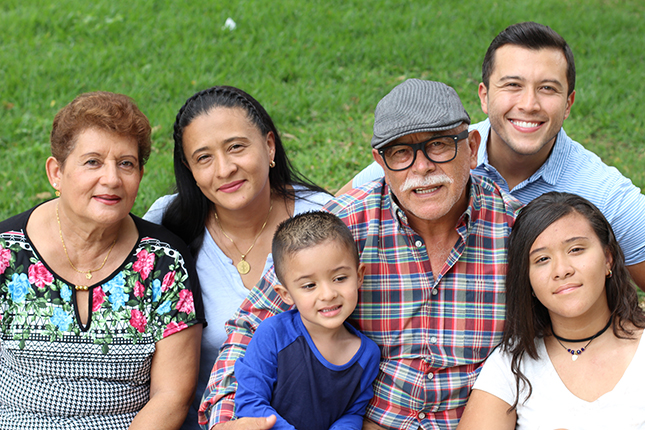Cancer in American Indians and Alaska Natives in the United States

American Indians and Alaska Natives have much higher rates of getting lung, colorectal, liver, stomach, kidney, and other cancers compared to non-Hispanic white people in the United States.
There are big differences in the American Indians and Alaska Natives population who get certain cancers compared to non-Hispanic whites.
American Indians and Alaska Natives (AI/AN) have much higher rates of getting lung, colorectal, liver, stomach, kidney, and other cancers compared to non-Hispanic white people in the United States.
There are also important differences in cancer incidence rates within the AI/AN regions in the United States.
Key Findings
Public health experts used data from cancer registries to explore people who got cancer in the AI/AN population from 2010 to 2015. Researchers used the following six US regions to identify cancer rates among AI/AN populations: the Northern Plains, Alaska, Southern Plains, Pacific Coast, East, and Southwest.
- The rate of getting lung (12%) and colorectal cancer (36%) was higher in AI/AN than non-Hispanic white men.
- The rate of getting cervical (69%), lung (6%), colorectal (37%), kidney (85%), liver (three times higher), and stomach cancers (two times higher) was higher among AI/AN women compared to non-Hispanic white women.
- The rate of getting breast cancer was higher in AI/AN women compared to non-Hispanic white women in Alaska (26%) and the Southern Plains (30%).
- The rate of getting colorectal cancer in AI/AN women was higher than non-Hispanic white women in four out of six regions: Northern Plains (51%), Alaska (three times higher), Southern Plains (66%), and Pacific Coast (37%).
Risk Factors
The differences in getting cancer within the six AI/AN regions may be because of many factors, such as—
- Commercial tobacco use.
- Drinking sweetened beverages.
- Alcohol use.
- Lack of physical activity.
- Diabetes.
- Obesity.
- Exposure to carcinogens (substances that can cause cancer).
- Viral hepatitis infection.
- Helicobactor pylori infection (the leading risk factor of stomach cancer).
What Can Be Done
American Indians and Alaska Natives have some of the highest incidence rates in the United States for certain cancers. To help lower the number of future cancers, experts suggest—
- Provide education to the AI/AN population to understand the benefits of screening services.
- Provide tobacco prevention programs.
- Teach them how to maintain a healthy diet.
- Reduce exposure to risk factors by providing preventive health services.
Experts also explain that ongoing community efforts could help lower cancer incidence rates in the AI/AN population.
Citation
Melkonian SC, Jim MA, Haverkamp D, Wiggins CL, McCollum J, White MC, Kaur JS, Espey DK. Disparities in cancer incidence and trends among American Indians and Alaska Natives in the United States, 2010–2015.external icon Cancer Epidemiology, Biomarkers & Prevention. 2019;28(10):1604–1611.

American Indians and Alaska Natives have higher incidence rates of kidney, liver, lung, colorectal, and stomach cancers compared to non-Hispanic whites. Between 1999 and 2015, American Indians and Alaska Natives had significant increases in kidney cancer incidence (2.4% among men and 1.6% among women), liver cancer incidence (3.3% among men and 4.2% among women), and female breast cancer (0.9%). To lower cancer incidence rates, provide culturally appropriate, community-based interventions to support healthy behaviors; decrease exposure to cancer risk factors such as tobacco and alcohol; and increase access to preventive health services (vaccines and cancer screening).